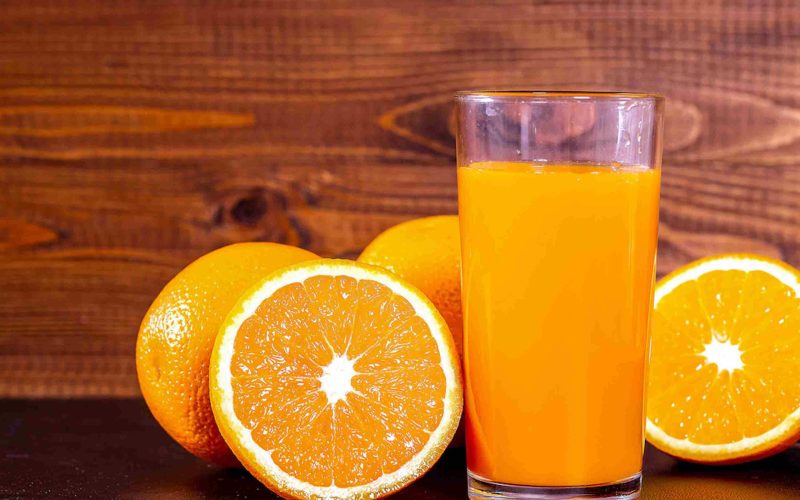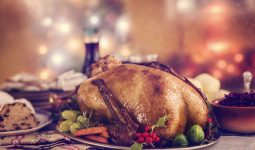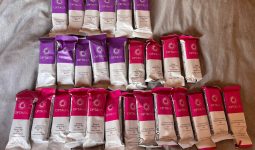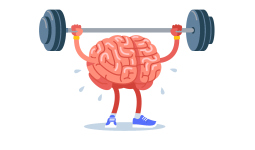Nothing beats a cold glass of a non-alcoholic German drink when the hot weather annoys you.
Many tourists who find themselves in the streets of Berlin would agree that a chilled glass of pilsner wakes up the spirit of Germany inside them.
It’s the ideal companion to a pleasant summer day, whether in a tavern, a Biergarten, or simply sipping Cola by the river.
Germany offers a range of options besides good German beer. Below is a list of Germany’s best non-alcoholic drinks:
1. Mineral Water (Mineralwasser)
While the reputation around Germany’s clean tap water is dissipating, many people in Germany still want their water to be bottled and bubbling.
The range of mineral waters available in Germany and the strudel (carbonation) level are impressive.
The terminology used to describe water can often be perplexing.
These terms will assist you in avoiding a blunder when making your order:
- Ohne Kohlensäure: Has no carbonation
- Stilles Wasser: Has zero to few bubbles
- Medium (green or green-labeled bottles): Minimal bubbles
- Klassisch / Classic: Heavily carbonated
If you request a “stilles Wasser” at a pub or restaurant, you can remain confident that it will be carbonated.
2. Club-Mate
Once upon a time, only a few selected individuals had heard of this South American-inspired drink created in Germany.
Presently, club-mate is sold at every Späti or Spätkauf (convenience store) and may be found in the hands of any fun-seeking clubgoer.
Club-mate is a caffeinated Yerba Mate drink that can also be referred to as a soda or tea. It is prized for its high caffeine concentration (20 mg/100 ml), which provides a subtle, long-lasting buzz, and its low sugar level.
This non-alcoholic German drink can be the best choice for individuals whose weekends start on Thursday evening till Sunday morning.
If you can’t get enough of the drink in the winter, it’s still accessible in an herbal “winter variant.”
You’re not alone if you don’t appreciate it the first time. “Man gewöhnt sich daran,” the drink’s catchphrase, roughly translates to “You’ll eventually get used to it.”
3. Fresh Fruit Juice
Summer brings a bounty of fruit juice. KiBa, made with Kirsch (cherry) and banana, is many people’s favorite non-alcoholic German drink.
Fresh orange (Orangensaft) is widely available at all types of events.
Other juices include:
- Apfelsaft: Apple juice
- Birnensaft: Pear juice
- Brombeersaft: Blackberry juice
- Grapefruitsaft: Grapefruit juice
- Johannisbeersaft: Current juice
- Traubensaft (rot or weis): White or red grape juice
4. Apfelschorle
This fancy version of apple juice (with sparkling water) is frequently the kid’s drink at social gatherings.
Still, its ubiquity and refreshing flavor make it the ideal non-alcoholic German drink.
Schorle is simply a juice blended with sparkling water, and this drink has numerous varieties.
5. Bionade
Bionade is a non-alcoholic German drink. It is a naturally fermented and carbonated beer made by the Peter brewery in the Bavarian town of Ostheim vor der Rhön.
Elderberry Holunderbeere), lychee, ginger-orange (Ingwer-Orange), and quince are some of the Bionade available.
This non-alcoholic German drink contains sugar, water, barley malt, calcium carbonate, carbon acid, and magnesium carbonate.
It’s described as tasting like a soft drink; however, it’s a much healthier option.
6. Fassbrause
Fassbrause is a German soda-like drink with a distinct flavor. While some variants are alcoholic, most are not, and the drink is created with spices, fruit, and malt extract.
It is also known as “keg soda” because it is customarily stored in a keg. The most prevalent flavor is apple, but strawberry and rhubarb are becoming increasingly popular.
This non-alcoholic German drink was created in Berlin in 1908 as a fruit, malt, and herb blend to serve as an alcohol-free beer alternative.
Nonetheless, the term has since come to refer to a wide range of alcohol-free beverages and beer mixes, such as Radler.
Fassbrause from Spreequell or Rixdorfer can still be on tap in some Berlin bars.
7. Spezi
In a country noted for its rigorous brewing purity standards (Reinheitsgebot), it may be a surprise that Germans enjoy mixing soda with various beverages, including beer (Diesel).
Another non-alcoholic variation of this cocktail is the trendy Spezi (orange soda and Cola).
8. Coffee (Kaffee)
The distinct flavor of German coffee is defined by over 1,000 tastes and over 60 acidities.
German manufacturers’ know-how, meticulous selection of coffee beans, mode of transit, and method of roasting, grounding, and packaging all contribute to this.
It’s no news that Germans are coffee lovers. Some Americans prefer their coffee black. Those who don’t like it can whiten it with Kaffeesahne (a brand of condensed milk).
Of course, coffee is at the heart of the Kaffee and Kuchen ceremony, where Germans sit down to enjoy pizza and a cup of scalding hot coffee.
9. Punch (Bowle / Punsch)
Bowle is a refreshing mixed drink that is similar to a summer punch. The most popular Bowle is the May Bowl or Maibowle, flavored with Waldmeister (woodruff) and mostly sipped during May.
On the other hand, punsch refers to a particular type of alcoholic liqueur but should not be mistaken for the generic term “punch.
You can combine spirits (rum, arrack, or brandy) with arrak tea (spices and lemon), sugar, and water.
Most punsches contain spirit arrack, typically 25 percent alcohol by volume (ABV) and 30 percent sugar.
10. Schorle
The term “schorle” refers to a popular mixed drink throughout the summer. A Saftschorle, Fruchtsaftschorle, or Fruchtschorle is made from a mixture of mineral water and fruit juice.
It’s also a popular post-workout hydration beverage. In some parts of Germany, a Schorle is also referred to as a Gespritzter or Spritzer.
11. Tea (Tee)
Both fruit tea (Fruchttee) and black tea (Schwarztee) are relatively popular in Germany.
Fencheltee (Fennel), Kamillentee (Camomile), Pfefferminztee (Peppermint), and Hagebuttentee (Rosehip) include the most desired herbal and fruit teas.
Tourists can enjoy some of the best teas in Ostfriesland, a region in Germany particularly well-known for its tea-drinking tradition.
Whatever your drink choice, alcoholic or not, rest assured that Germany has something for you.








